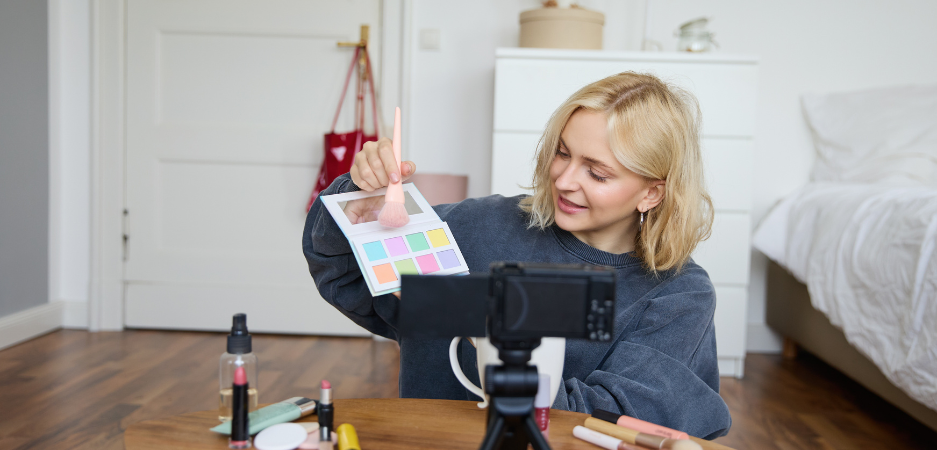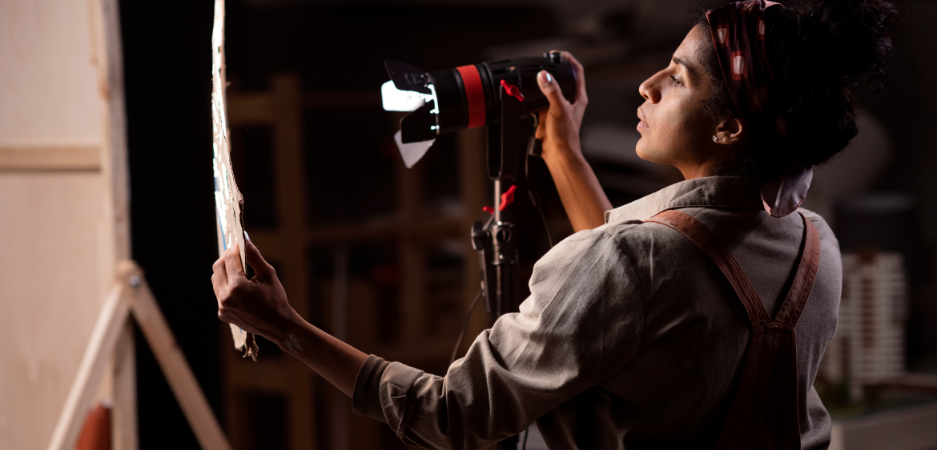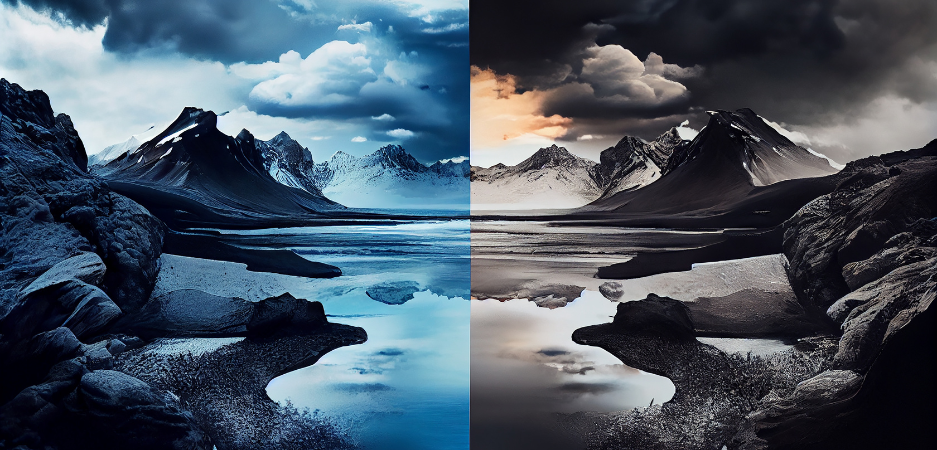
Color is neither a perception nor a mere visual element but stands as the strongest tool for storytelling in film and digital content. Color supplies mood, calls memory, emotion, and continuity, thereby helping to define the viewers' experience. One of the ways that magic happens is through DI Color Grading, which is a key part of the process. Perhaps you're new to the world of film production, or you want clarification on how raw footage becomes real-time film magic.
ColorPlanet Studios specializes in professional-level color grading and leading-edge training with our DI Color Grading Course in Kochi. This beginner's guide will highlight the basics of DI color grading and how it transforms cinematic imagery. Here is a specific guide for you.
What Is DI Color Grading?
DI stands for Digital Intermediate, a process that involves digitising a movie and then color-correcting it. The DI Color Grading process alters or enhances the colors of a motion picture, television program, or any other visual media during post-production. Brightness and contrast are not the only factors to consider. It is much more about giving the project a specific look, which is in terms of the director's view.
The Purpose of DI Color Grading!
- Color Consistency: Often, an entire film is shot across multiple days in various lighting. DI colour grading provides uniformity across all scenes.
- Creative Aesthetics: Do you want your film to feel warm and nostalgic or cold and dystopian? Colour grading provides a certain aesthetic and gives your film a tone.
- Calling Attention to Details: By adjusting colour and exposure, you can tell viewers to pay attention to that little bit of detail every frame.
- Fixing Shoots' Exposure Levels & Color Casts: There may be lighting problems (or camera settings) that make the footage appear wrong, Colour grading can correct these technical mishaps.
Key Steps in DI Color Grading
Primary Color Correction
This is the base level. Adjustments include:
- Exposure & Contrast – Creating balance between highlights and shadows.
- White Balance – Having proper colors when viewing under different lighting.
- Saturation – Manipulating color intensity.
Secondary Color Grading
This is where you adjust other specified elements:
- Skin Tones – Retaining how natural skin tones appear.
- Selective Adjustments – Changing color attributes in the sky, vegetation (trees, grass), or an object.
- Masks & Power Windows – Targeting an area of the frame for definitive grading.
Creative Look Development
Here is where creativity comes into play.
- LUTs (Look-Up Tables) – Pre-existing color tables to stylise the video quickly.
- Film Emulation – Editing to mimic film stock, such as Kodak or Fuji.
- Grain & Texture – Adding subtle film-grain to mimic the look of film.
Final Output & Delivery
Ensuring that color attributes remain true on other screens (projection, TV, mobile).
Tools Used in DI Color Grading
Colorists work with high-end software, such as:
- DaVinci Resolve (Industry standard)
- Adobe Premiere Pro & After Effects
- Baselight (High-end feature films)
At ColorPlanet Studios, our DI Color Grading Course in Kerala provides hands-on training with these tools, helping students master professional workflows.
Who Should Learn DI Color Grading?
- Filmmakers - to enhance storytelling with colour.
- Editors - to make videos look polished and professional.
- Content Creators - to create visually appealing YouTube & social media videos.
- Photographers - to develop motion picture grading skills.
If you're based in Kerala and want to develop a love for colour grading, our DI Colour Grading Course in Kerala will take you on your journey from novice to pro.
Why Choose ColorPlanet Studios?
- Experienced Trainers from the film and advertising industries.
- Live Projects and real-time workflows.
- State-of-the-art Infrastructure with DaVinci Resolve & Baselight.
- Career Guidance & Placement Support.
- Flexible Batches for students and working professionals.
Whether you want to master color theory, explore high-end grading systems, or pursue a career as a DI Colorist, our training is tailored to make you industry-ready.
Join With Us Now!
DI color grading goes beyond just color manipulation - it's about controlling the visual story of a film. Whether you're looking to enhance your filmmaking journey or you're breaking into post-production, learning color grading will improve your work. Want to learn the designs of cinematic colours? Take a look at our DI Color Grading Course in Kochi.
Connect ColorPlanet Studios to Register & turn your creative ideas into reality.








